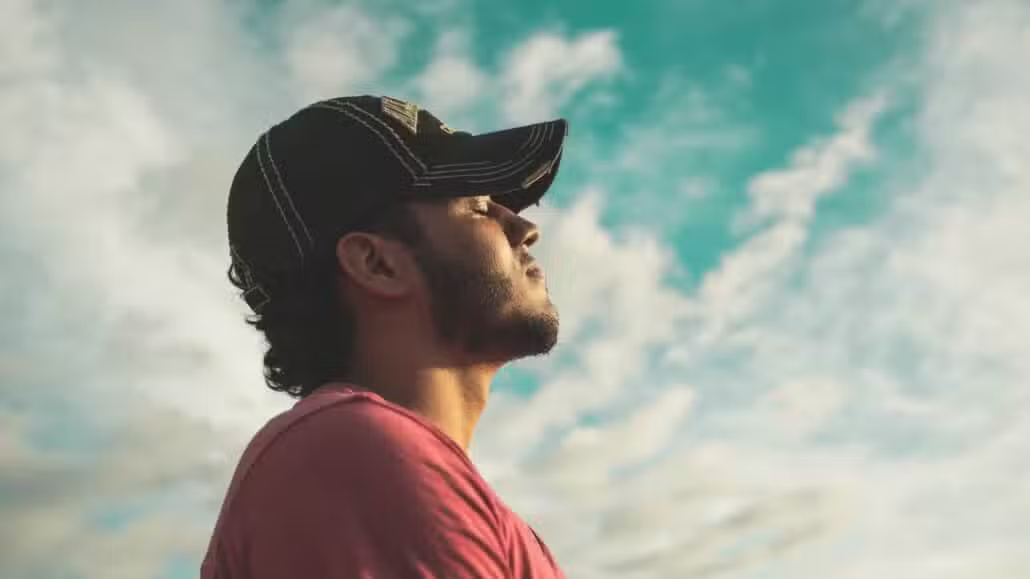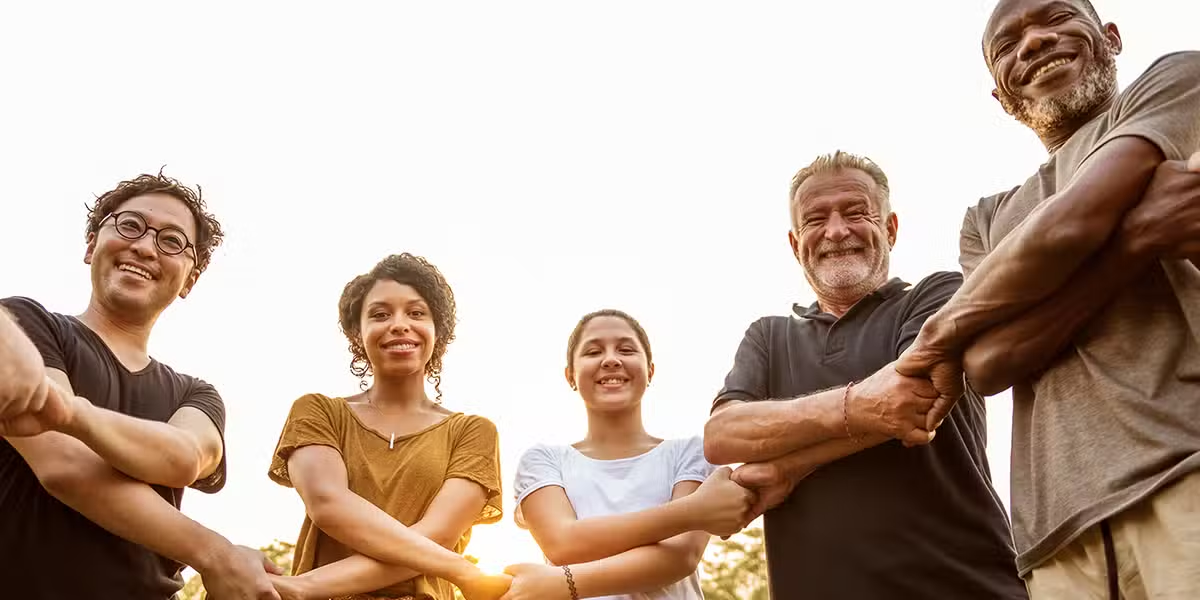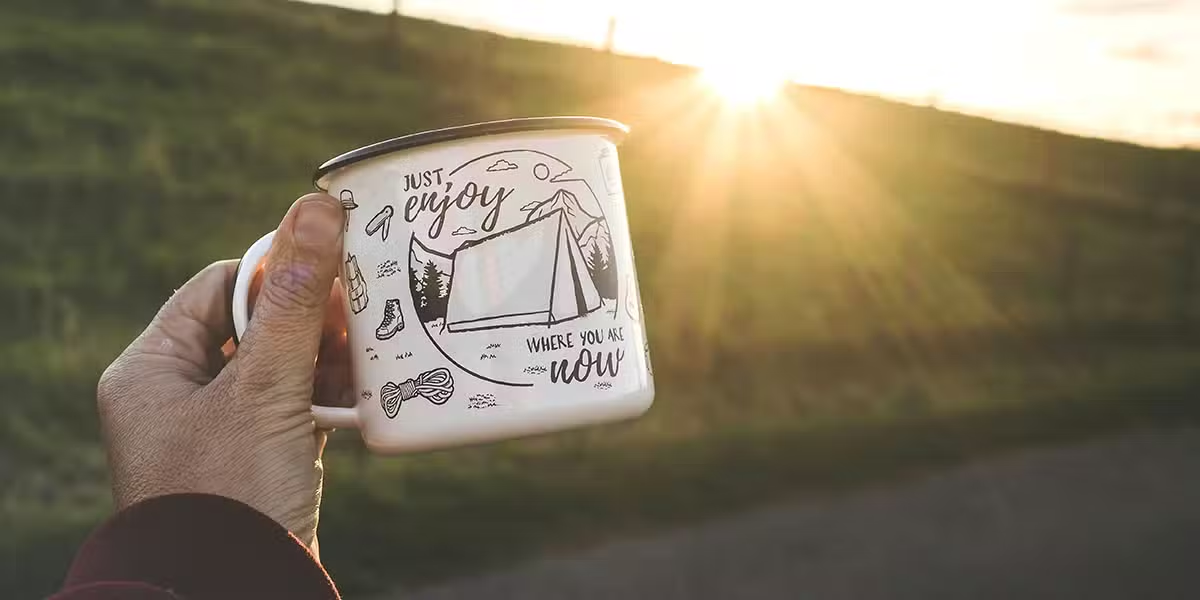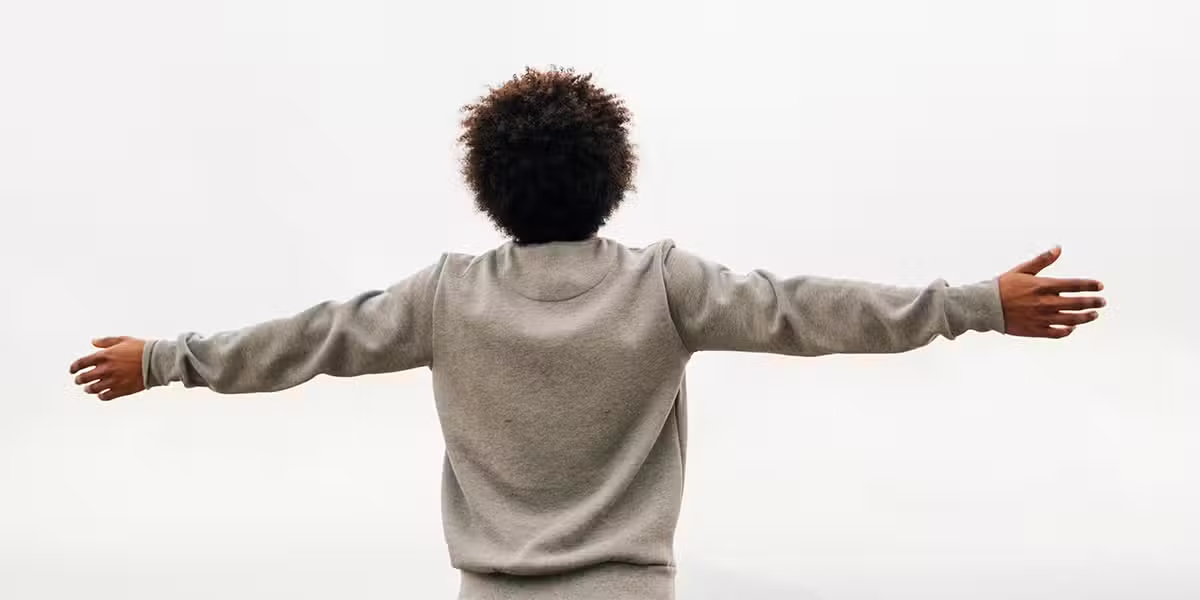The world is still in an uncertain place right now. Anxieties are running high. I remember how I, not long ago, cycled across town to a pub on the Philadelphia waterfront. I sat at a table with a breathtaking river view: piers lined with magnificent sailboats, water splashing gently against the dock. We had gone from dodging traffic to the serenity of the majestic Delaware River in a matter of minutes. My thoughts transitioned to meditation.
Meditation is a widely practiced, little-understood discipline. And it’s especially needed now. It’s so little-understood, in fact, that some may be unaware they are already meditating! A basic knowledge and understanding of the process can help anyone reap a wide range of benefits that meditation offers. The practice produces a deep state of relaxation, reduces stress and anxiety, restores inner peace, and enhances physical and emotional well-being. It is used to manage illnesses including anxiety disorders, asthma, cancer, depression, heart disease, high blood pressure, pain, and sleep disorders.
Types of Meditation
Guided mediation uses images of places or events that evoke the senses—smell, sight, sound, and touch. Imagery can be of a holy place or natural surroundings that God created, such as a lake or mountains.
Mindfulness focuses concentration on self-awareness. Concentrate on what you are experiencing. Observe your thoughts and emotions, but let them pass without judgment.
Tai Chi is a form of Chinese martial art that is a series of self-paced postures and movements in a slow, graceful manner while practicing deep breathing and concentration.
Yoga is series of postures and controlled breathing exercises to promote a more flexible body and calm mind. These poses require balance, concentration, and grace.
While elements of meditation, such as yoga, concern some Catholics, it is not a belief system. And there are types of meditation familiar to our own faith traditions as well. Rosary and contemplation, for example, can bring us closer to God while aiding in our overall well-being.
Follow the Steps
Fundamental elements, or steps, help practitioners maximize the full benefits of meditation.
Place: A quiet or serene environment creates a mindset that is conducive to meditation. The more experienced the practitioner, the more able he or she will be to practice meditation anywhere, even during high-stress situations.
Position: Find a comfortable pose such as sitting, lying down, or a position of your choosing. Or combine meditation with physical exercise, such as walking at a slow pace and concentrating on the movement of your feet, legs, and muscles.
Breathing: Controlled breathing is the practice of deep, even-paced breathing from the diaphragm muscles to expand the lungs. Slow breathing enables the body to take in more oxygen and reduces the use of shoulder, neck, and upper chest muscles to breathe more efficiently. Breathe deeply, slowly. Concentrate on feeling and listening while you inhale and exhale through your nose.
Attention: Focused attention frees the mind from distractions, stress, and worry. Concentrate on an object, image, or prayer. Think about your blessings. Weave feelings of love, compassion, and gratitude into your thoughts.
Mantra: Silently reciting a mantra—a word, thought, phrase, prayer, or Scripture verse—prevents distracting thoughts. Repeat the mantra. You may try listening to spiritual music, the spoken word, an inspirational or relaxation audio, or have a conversation with God.
Put Meditation into Practice
Implement meditation into your daily routine in a way that suits your lifestyle. Begin with a short session at the beginning or end of the day. It will make a big difference, and the length of time may extend naturally. Meditation can be practiced anytime, anywhere:
At Home: Find a time that fits your schedule, and a place that calms you. Shut out the world. Tune into your soul.
At Work: Find a secluded room during a break. Close your eyes and breathe.
At Life: While you’re on hold with the credit card representative, or waiting for dinner to be ready, loosen your shoulders, take a deep breath, exhale.
Build Your Meditation Skills
Remember that it is common for the mind to wander while meditating. If your mind does wander, calmly return to your breathing. Guide your attention back to the object, sensation, or movement on which you are focusing. Don’t judge your meditation skills. There is no right or wrong way. Experiment until you find the right combination that works for you. What matters is to improve your well-being.
Quick Tips
- Turn off the news as well as your electronic devices. Eliminate all distractions.
- Count the breaths you take.
- Focus on a candle flame, scent, a prayer.
- Picture inhaling a color of calm and tranquility. Exhale a color of tension and stress.
- Practice, practice, practice!








